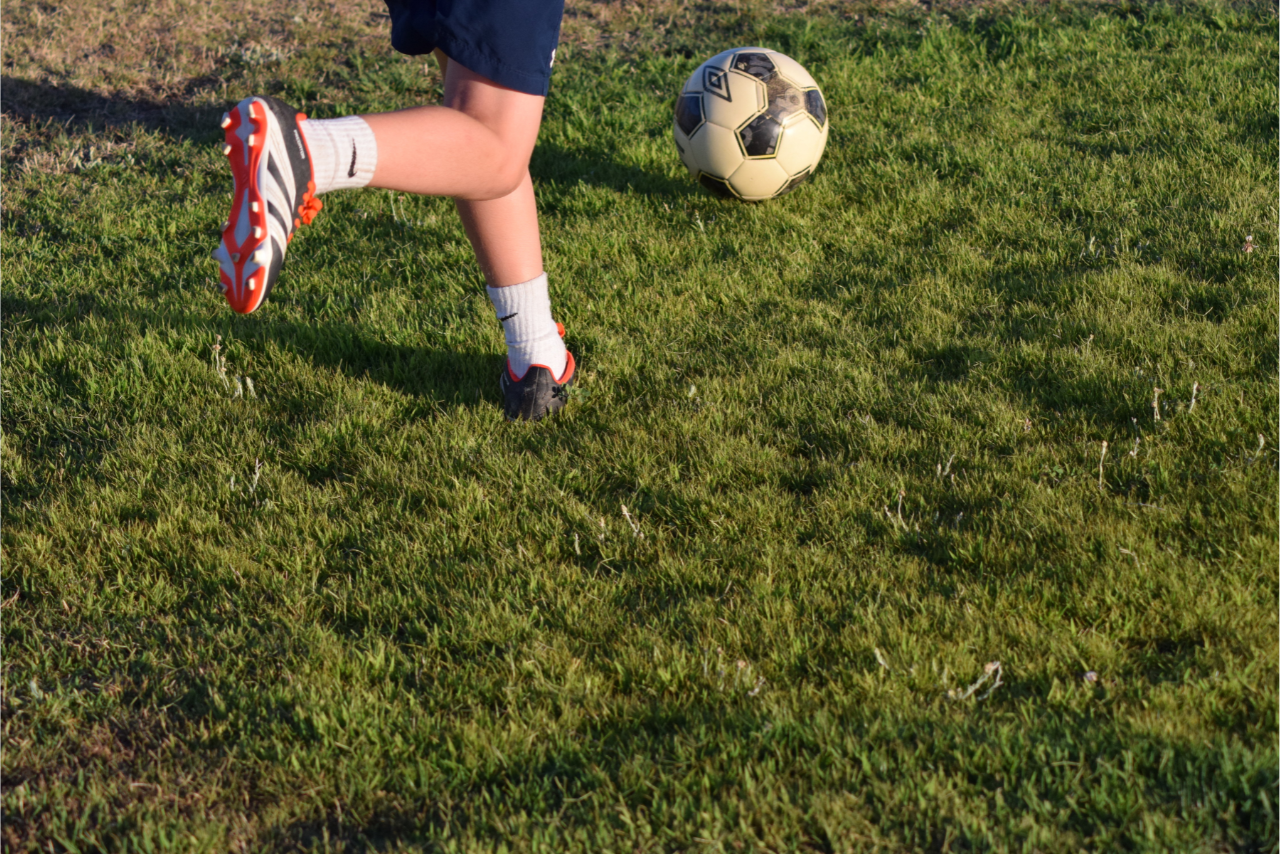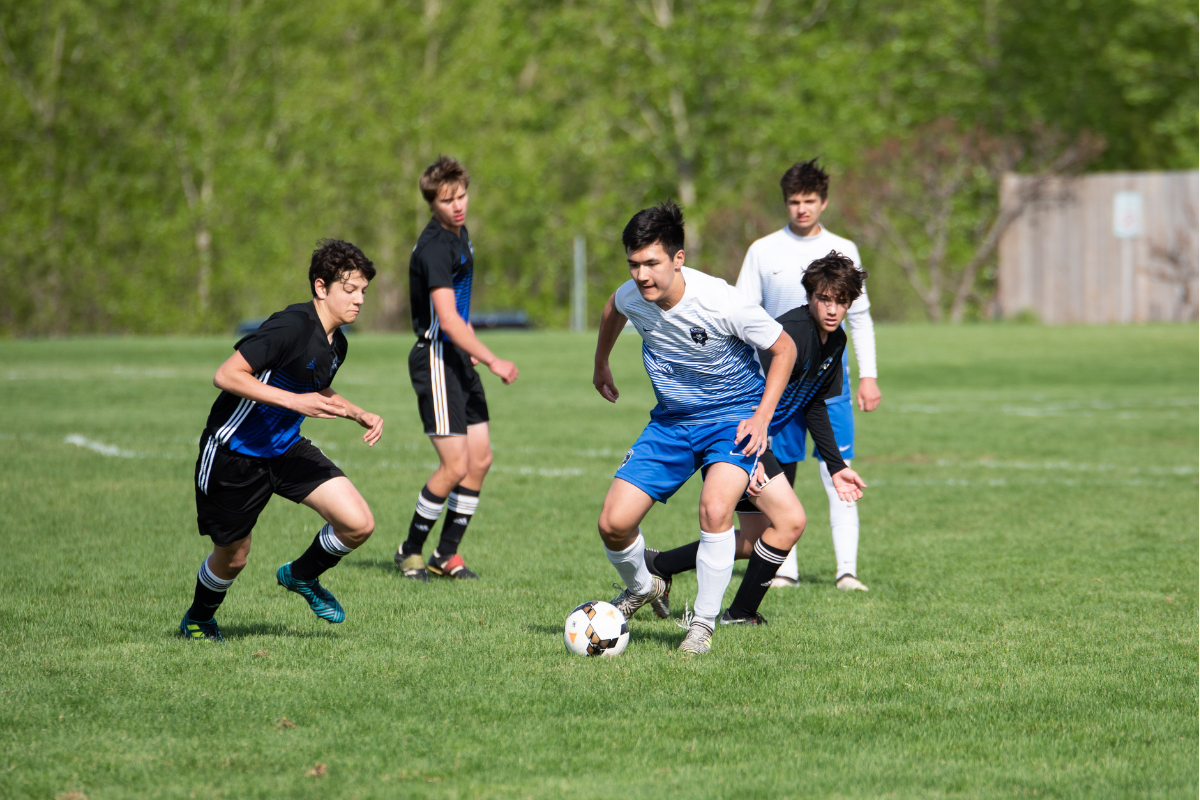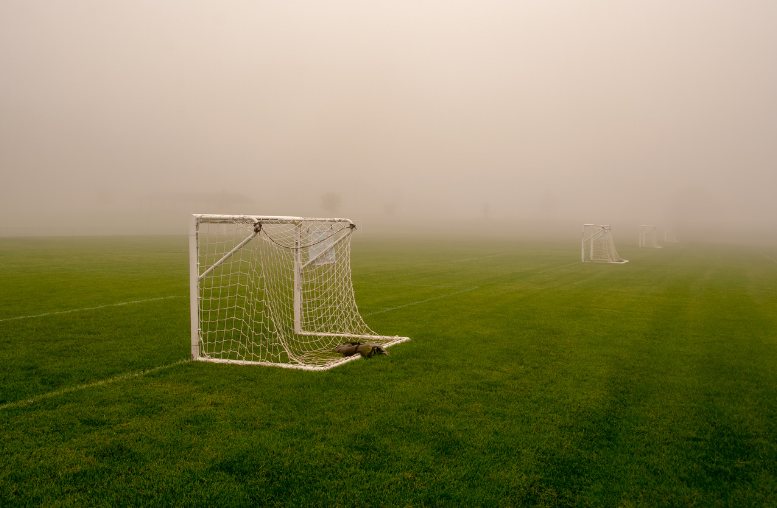Small Sided Soccer Games
Transform your youth practice with the power of small-sided games that develop skills faster than traditional training methods. Watch any professional soccer training session and you’ll notice something interesting: they’re not running 11v11 scrimmages for two hours. Instead, elite players spend most of their time in small sided soccer games for youth development – 3v3, 4v4, and 5v5 formats that maximize touches, decision-making, and skill development.
The best small sided soccer games for practice aren’t just fun diversions from “real” training. They’re scientifically proven development tools that accelerate learning faster than any other training method. Here’s why smart coaches are revolutionizing youth soccer through small-sided games.

Why Small Sided Games Work: The Science Behind Development
Small sided games soccer training delivers results through three key principles that traditional training can’t match.
More Ball Contacts = Faster Development In a traditional 11v11 game, each player touches the ball 6-8 times. In 3v3 soccer games, that number jumps to 30-40 touches per player. More repetition means accelerated skill development.
Constant Decision-Making With fewer players on smaller fields, young athletes face continuous decision-making scenarios. Should I pass, dribble, or shoot? These split-second choices develop the soccer brain that separates good players from great ones.
Universal Participation No more bench warmers. Every player in youth soccer small sided games stays actively engaged, ensuring equal development opportunities for all skill levels.
The Benefits of Small Sided Soccer Games
Technical Skills Development
Ball Control and First Touch The confined space in small sided soccer drills for kids forces players to develop precise ball control. There’s nowhere to hide a poor first touch when defenders are always nearby.
Passing Accuracy Short, quick passes become essential survival skills. Players learn to weight passes perfectly and develop both feet naturally through necessity.
Shooting Opportunities More chances to score means more shooting practice. Young players develop confidence in front of goal through increased game-like opportunities.

Tactical Understanding
Spatial Awareness Soccer small sided games for skill development teach players to recognize and exploit space more effectively than large-field training.
Defensive Principles Pressing, covering, and communication become crucial when you can’t rely on extra defenders. Young players learn defensive responsibility naturally.
Quick Transitions The rapid change from attack to defense mirrors modern soccer’s pace, preparing players for higher levels of competition.
Age-Appropriate Small Sided Soccer Games for Beginners and Beyond
Ages 6-8: Foundation Building
Format: 3v3 (no goalkeepers) | Field: 30×20 yards | Duration: 10-15 minutes
Focus on basic ball skills and enjoyment. Players learn fundamental concepts through maximum ball touches and frequent goal-scoring opportunities.
Ages 9-12: Skill Acceleration
Format: 4v4 (with goalkeepers) | Field: 40×30 yards | Duration: 15-20 minutes
This age group benefits most from structured small sided games soccer training, developing advanced passing combinations and tactical understanding.
Ages 13+: Tactical Sophistication
Format: 5v5 to 7v7 (with goalkeepers) | Field: 50×35 to 60×40 yards | Duration: 20-25 minutes
Older players handle complex scenarios and specialized position play within their development framework.
How to Run Small Sided Soccer Games: Essential Implementation
Quick Setup Guide
- Equipment: Cones, small goals, soccer balls, colored vests, stopwatch. We use the small and quick to set up soccer goals from soccerinnovations.com – use code Soccer-Compass for your discount.
- Field Organization: Multiple small fields with clear boundaries
- Rotation System: Keep games short (10-20 minutes) with quick team changes
Game Management Best Practices
- Minimize stoppages – let players learn through experience
- Use questions rather than commands during play
- Celebrate good decisions, not just successful outcomes
- Ensure equal playing time through frequent rotations
Best Small Sided Soccer Games for Practice
For Ball Control: 3v3+2 Neutral Players
Three players per team plus two neutral players who always support the team with possession. Perfect for developing passing under pressure.
For Shooting: 4v4 with Multiple Goals
Set up 4-6 small goals around the playing area. Teams can score in any goal, creating numerous shooting opportunities and constant awareness.
For Defending: 3v3 in Three Zones
Divide the field into zones with specific rules. Helps players understand when to press, drop, and transition between defensive phases.

Common Mistakes to Avoid
Over-Coaching During Games: Let players discover solutions naturally rather than stopping play constantly for instruction.
Ignoring Equal Playing Time: Unlike full games, small-sided sessions should rotate frequently to ensure equal development time.
Making Games Too Complex: Start simple and add complexity gradually as players master basic concepts.
Focusing Only on Winners: Development comes from playing, not winning. Celebrate improvement over results.
Integration with Regular Training
Use the 70-30 Rule: Spend 70% of practice time in small-sided games and 30% on isolated skill work. This maximizes the benefits of small sided soccer games while maintaining technical development.
Progressive Structure: Start sessions with simple games and increase complexity as players warm up mentally and physically.
Measuring Success: Development Indicators
Look for these signs of improvement in your small sided soccer games for youth:
Technical Progress: Cleaner first touches, more accurate passing, increased confidence on the ball, better use of both feet.
Tactical Growth: Improved decision-making speed, better spatial awareness, more effective communication.
Physical Development: Enhanced agility, better coordination, increased endurance in high-intensity situations.
The Long-Term Impact
Players who train regularly in small sided soccer drills for kids develop crucial attributes that define elite players:
Soccer Intelligence: The ability to read the game and make split-second decisions under pressure.
Adaptability: Experience in various game situations creates players who can adjust to any tactical system.
Confidence: Success in small-sided games builds self-belief that transfers to larger, more competitive environments.
Your Implementation Action Plan
- Week 1: Replace one scrimmage with 15 minutes of 3v3 games
- Week 2: Add constraints (limited touches, specific zones) to increase difficulty
- Week 3: Introduce position-specific games targeting team weaknesses
- Week 4: Evaluate improvements in player engagement and skill development
Most coaches see dramatic improvements within the first month of implementing regular small sided soccer games for youth.
The Future of Youth Development
Small sided games aren’t just a training method—they’re the foundation of modern youth soccer development. Professional academies worldwide use this approach because it works. Players develop faster, enjoy training more, and become more complete athletes.
The benefits of small sided soccer games are clear. The question is: are you ready to give your young players the development advantage they deserve?
Your players’ breakthrough moments are waiting in those small-sided games. The only question is when you’ll unlock them.
Ready to implement more development-focused training methods? Check out our guide on choosing the right soccer ball size for your player’s age and skill level to ensure your equipment supports optimal development.

